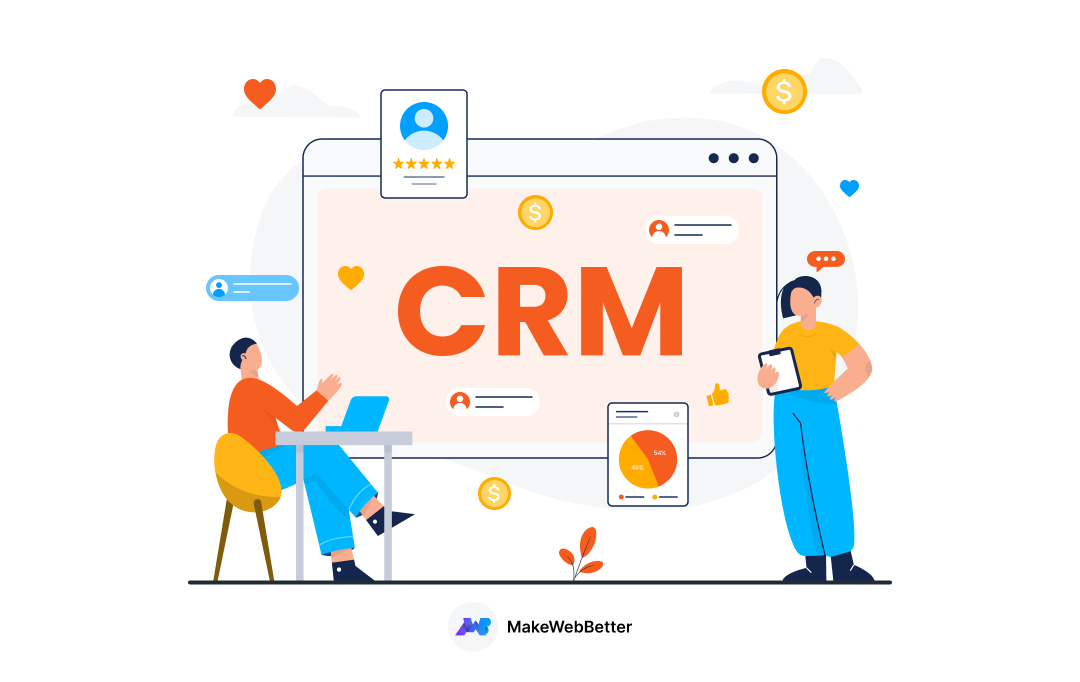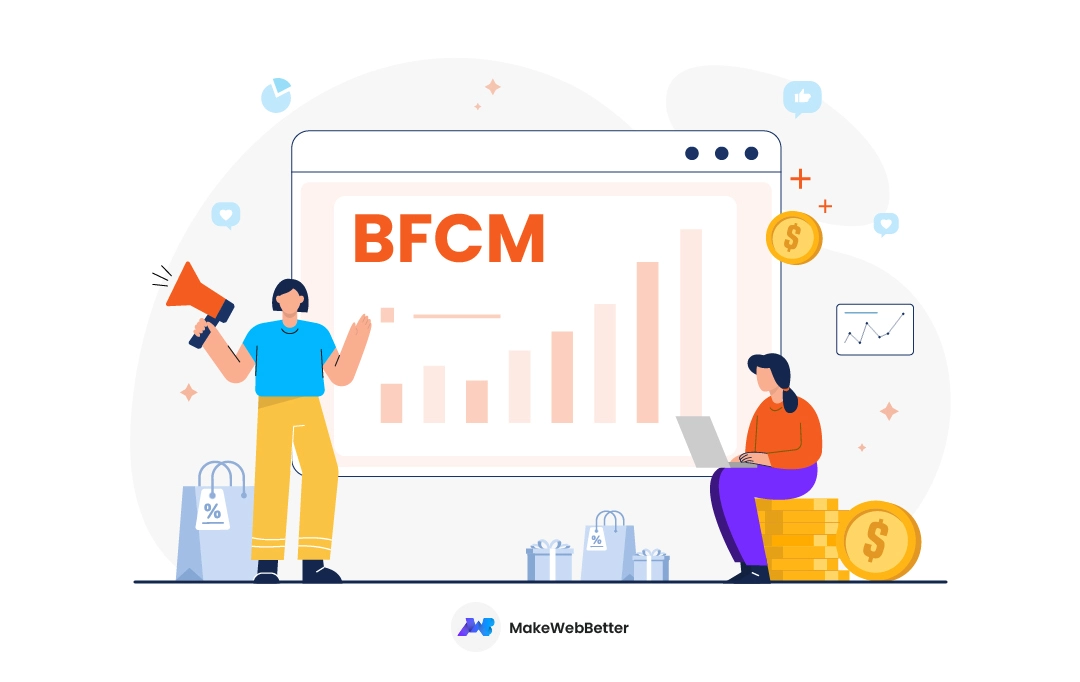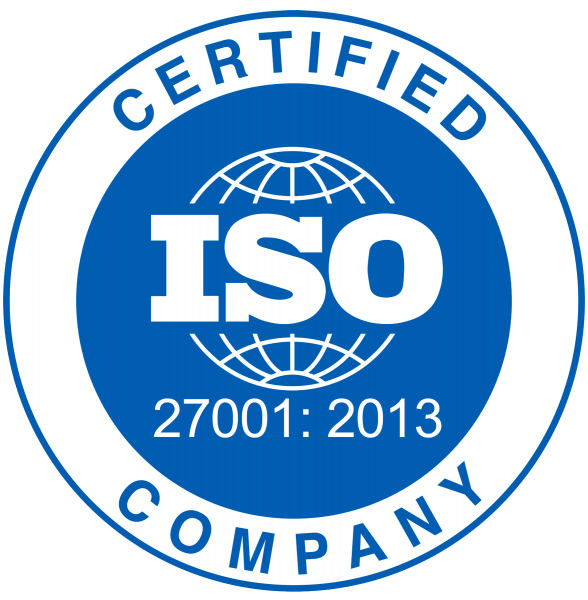What calls for a HubSpot audit? Can you do it with a DIY HubSpot audit checklist? Or do you require dedicated HubSpot audit services for it?
First, you have to examine if your HubSpot portal is underperforming—or just drifting.
Signs are—it requires a thorough HubSpot portal audit if even the daily tasks feel overwhelming or the results simply don’t match your effort. Sounds relatable?
Fret not—over time, even well-structured portals can become sluggish.
I have compiled this HubSpot audit checklist to walk you through the complete audit using a two-phased approach. Conversely, I invite you to explore our HubSpot audit services for an expert-led implementation.
Let’s clear the clutter and unlock the full power of your HubSpot investment.
What is a HubSpot Audit?
What does a DIY HubSpot Audit guide include?
Many misunderstand when you audit HubSpot as a HubSpot data audit. But it’s far more complex and structured than that!.
It’s more like an end-to-end review to identify what’s working, what’s broken, and what’s being underused inside your HubSpot CRM portals and account.
From misfiring workflows to outdated contact properties and disconnected tools, the HubSpot CRM audit guide brings these issues to the surface so you can fix what matters most.
A sole objective—cleaner, faster, and more effective CRM.
Marking everything on the HubSpot audit checklist strengthens the foundation of your HubSpot account, ultimately driving improved ROI.
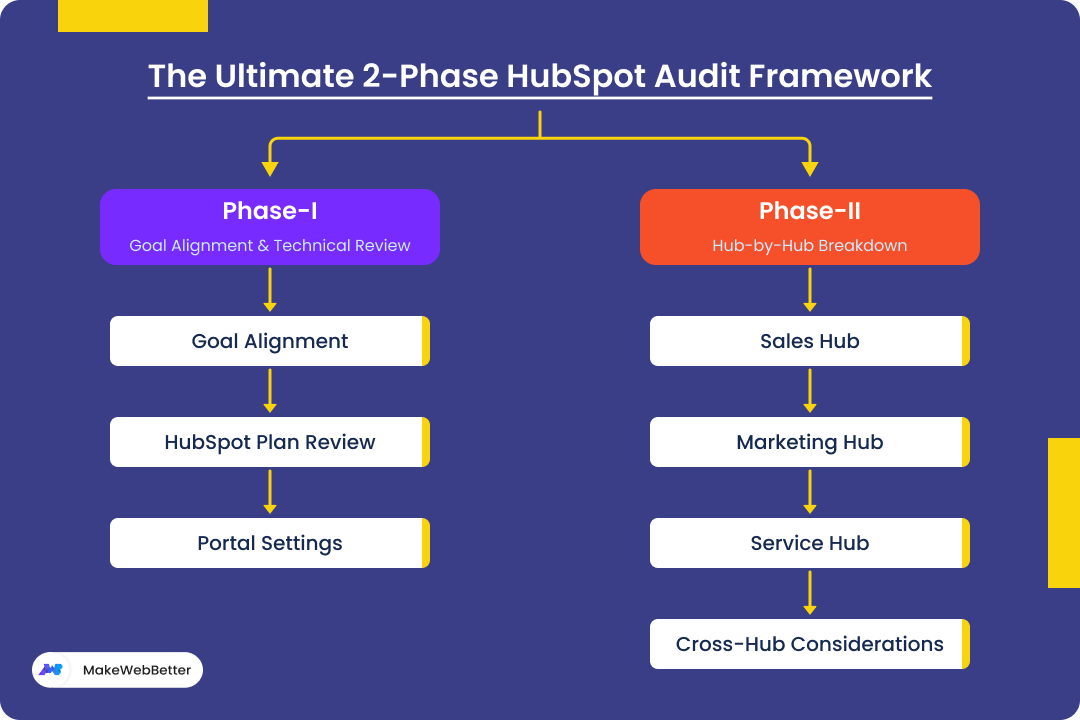
I have compiled this two-phased HubSpot audit template. Before we go ahead, let’s find out ‘why is it needed’ and ‘what do you get out of it’. If you wish to explore HubSpot audit services, get in touch with our experts for a free HubSpot consultation.
HubSpot Audit Checklist–Common Issues Found
Even well-managed HubSpot portals can develop blind spots over time. To keep up with them, you must always have this thorough HubSpot audit guide with you.
If you’re not sure about conducting a full-fledged HubSpot CRM audit—for starters, you can begin crossing these common problems off the DIY HubSpot audit checklist.
- Redundant or broken workflows.
- Outdated templates.
- Unused tools or features you’re paying for.
- Misaligned lifecycle stages and lead statuses.
- Inconsistent or conflicting properties.
- Disconnected assets across campaigns.
- Permissions and access issues.
- Overloaded lists and static views.
- Poor data hygiene (duplicates, inconsistent or incomplete object records).
If you want to explore a more effective resolution besides dedicated HubSpot audit services, then consider the full-fledged DIY HubSpot audit checklist detailed in this read.
What You’ll Achieve from a HubSpot Audit Guide?
The output of a good HubSpot portal audit isn’t just insights—it’s a prioritized roadmap to clean, align, and optimize your portal. When you audit HubSpot, here’s what you can expect:
- Organized records: Better segmentation, fewer duplicates, and cleaner reporting.
- Cleaner data and simplified properties: Easier filtering, better list logic, and stronger personalization.
- Streamlined workflows: Faster automation, fewer errors, and more consistent lead handling.
- Improved campaign performance: Stronger attribution, clearer targeting, and higher conversion rates.
- Sharpened reporting and KPIs: Dashboards that actually help you make decisions.
- Aligned lifecycle stages and funnel tracking: Sales, marketing, and service working with the same source of truth.
- More value from your HubSpot subscription: Maximize the usage of tools you’re already paying for.
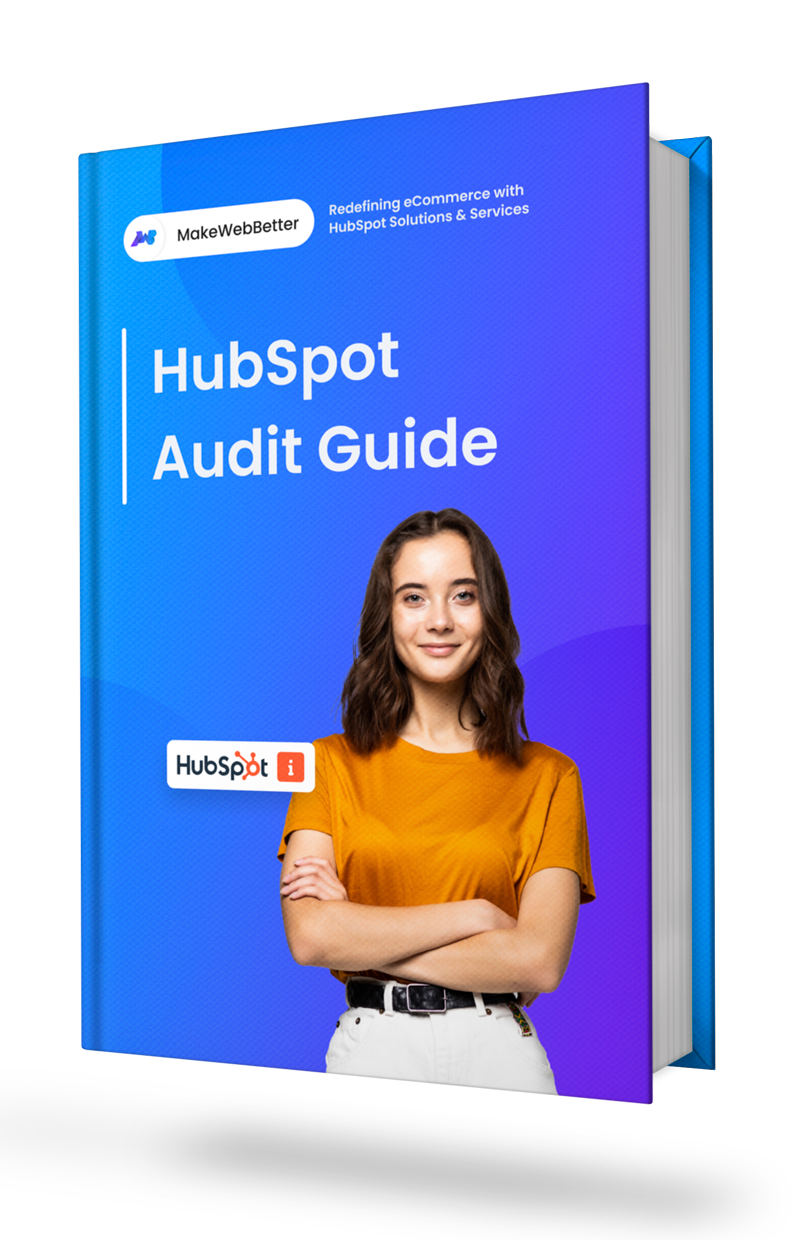
Ready For A DIY HubSpot CRM Audit?
Download the HubSpot audit guide and begin today.
Phase I: Goal Alignment & Technical Review
Think of Phase I of the HubSpot audit checklist as setting your destination before starting the journey—with the focus on ROI-driven improvements.
Here’s your quick HubSpot audit template for Phase I.
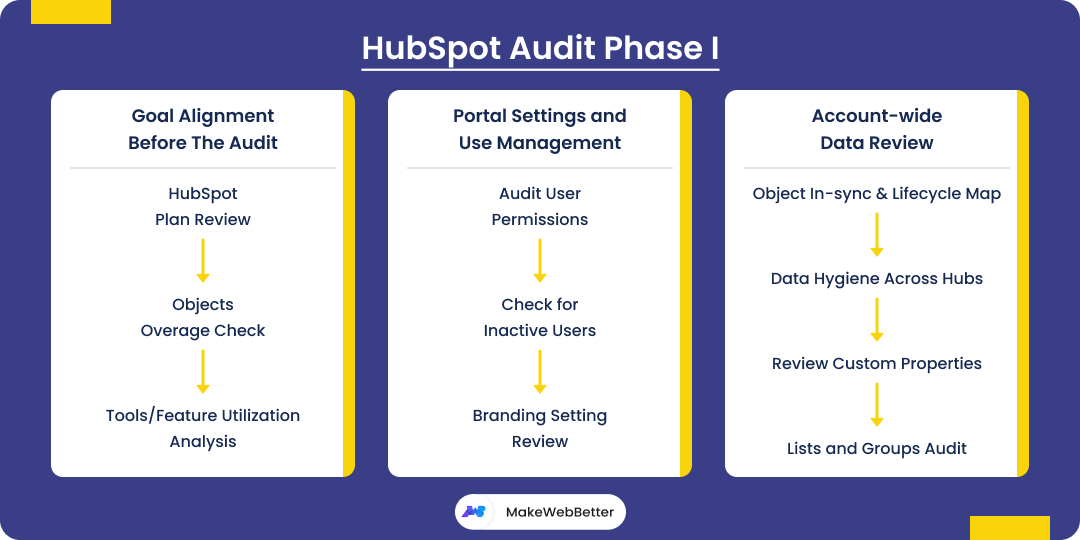
Goal Alignment Before You Audit HubSpot
Without clear goals, your audit can quickly turn into a maze of disconnected tweaks.
When you audit HubSpot CRM, define what you’re trying to achieve—then you’ll not only know where to focus but also how to measure progress once the dust settles.
Find yours in these HubSpot CRM audit goals.
- Marketing: Lead generation, leads nurturing, increased traffic, & stronger engagement.
- Sales: Pipeline velocity, forecasting accuracy, sales team enablement, and reps productivity.
- Service: Efficient ticket resolution, improved NPS, and increased self-service.
To align these goals and audit HubSpot, start with the following!
HubSpot Plan Review
The first step on your HubSpot audit guide would be to analyze if you are on the right plan—and are you using it well? Many audits reveal tools sitting idle or teams brushing up against hidden limits. Moreover, you might be using too many tools just to achieve a little or can be missing something more robust.
Overage Check
Are you close to exceeding contact, email, or workflow limits? Object, HubSpot assets, and data all pile up pretty quickly when you use HubSpot account in full throttle. So, it becomes crucial to spot it before it costs you.
Feature Utilization Analysis
Are you fully leveraging features—the automation, reporting, or integrations—that your plan includes? If not, either scale back or lean in.
You’ll find all of the discrepancies and disjointed processes in this evaluation, but most fall under the above three.
Portal Settings and Team/User Management
Who has access—and are they using it responsibly?
User and brand-level settings tend to be “set and forgotten.” But they directly impact security, consistency, and team efficiency you drive from your HubSpot access.
Audit User Permissions
Are roles and permissions aligned with responsibilities? Limit risks and confusion or you team members who access portal for the define purpose (sales, marketing, operations, or service) might mess up your reporting or inflict data inaccuracies in the CRM.
Check for Inactive Users
Clean up unused logins and reduce unnecessary access. If you’ve been using HubSpot for a while now, auditing might help you brush down the portal access and remove inactive users or portals. Otherwise, it will directly affect your HubSpot ROI.
Branding Settings Review
Any other HubSpot audit guide might not have this, but it’s plainly crucial to have consistent branding settings. Are your email footers, logos, default fonts, and brand colors consistent across tools? Your Ads, website page, emails, support channels, social channels, live chat, broadcast channels, and all other touchpoints—should be consistent in brand voice.
Account-wide Data Review
This is where things usually get messy—fast.
From disconnected HubSpot object records to outdated properties, your data structure can either power growth or slow everything down.
Object In-Sync & Lifecycle Mapping
Are Contacts, Companies, Deals, and Tickets moving in sync? Are lifecycle stages mapped correctly across teams? Feel more strongly about these during your HubSpot portal audit—and everything will fall into place. Otherwise, it may even fall apart!
Data Hygiene Across Hubs
Duplicate records, blank fields, inconsistent dropdowns—this is where cleanup begins. Similarly, multiple data records for same leads or inaccurate data records about your leads or deals can disrupt your sales channels severely.
Custom Properties Review
Are you collecting the right data in the right format? Remove redundant fields, merge overlapping ones, and clean your data dictionary.
Lists and Groups Audit
Are saved lists, views, and folders well-organized—or a maze of one-off filters and legacy groups? Double-check your lists with property filters and refine them for fewer and more accurate lists.
Phase II: Hub-by-Hub Breakdown
Now that your foundation is aligned, it’s time to dig into the actual hubs—where the real action (and often, the real chaos) lives. Somtimes, you may find this earlier in the HubSpot audit guide, as it depends on preferences and use cases.
In Phase II, we break down your HubSpot portal audit based on your purchased plans.
- HubSpot Sales Hub Audit
- HubSpot Marketing Hub Audit
- HubSpot Service Hub Audit
If you have multiple Hubs enabled, don’t skip the final step: Cross-Hub Considerations. This section ties everything together and helps you spot misalignment across the customer journey.
HubSpot Sales Hub Audit
Your sales team lives by their pipeline—and if that pipeline is messy, unstructured, or outdated, revenue takes a hit. With HubSpot Sales Hub Audit, you’ll start by fixing the following.
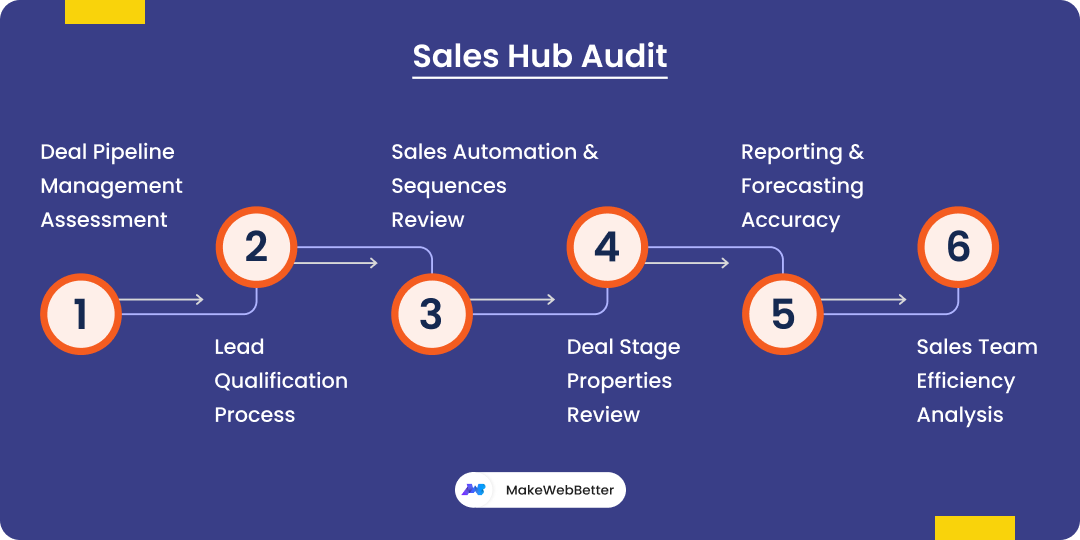
What to Review?
Deal Pipeline Deal Assessment: See if sales pipeline stages are clearly defined and identify bottlenecks to optimize progression and deal aging to ensure that the deals move smoothly through these stages.
Lead Qualification Process: Examine if your team is aligned on what counts as a qualified lead. Are MQLs and SQLs being handled correctly? For this, check the contacts marked as ‘marketing contacts.’
Sales Automation & Sequences: Assess your current automation setup for repetitive tasks and prospect nurturing. Ensure automation for tasks like scheduling meetings and sending follow-up sequences.
Deal Stage Properties Review: Are required fields set for each stage to avoid data gaps? Make sure properties like “Close Date” or “Deal Amount” are being consistently updated at the right stages.
Reporting & Forecasting: Evaluate data accuracy for reliable reporting and forecasting. After this, set up tailored reports for goal-oriented visibility through key metrics and trends. Through this, future sales performance can be predicted.
Sales Team Usage & Adoption: This ensures that your sales reps are using the full potential of HubSpot’s sales tools. Analyze team dynamics and effectively measure individual and team performance. Lastly, identify coaching opportunities for the reps.
Advanced HubSpot Sales Hub Audit
Once the basics are in place, consider going a step further:
- Create targeted nurturing sequences based on lead behavior and deal stage
- Set up automation to trigger personalized actions across the sales cycle
- Use personalization tokens, smart content, and tailored workflows to enhance the buying experience
HubSpot Marketing Hub Audit
Marketing teams rely on HubSpot for lead generation, engagement, and conversion. And so, they have to pull through the cluttered assets, broken workflows, and untracked campaigns that can slow everything down. This HubSpot Marketing Hub audit will help you bring back focus and performance.
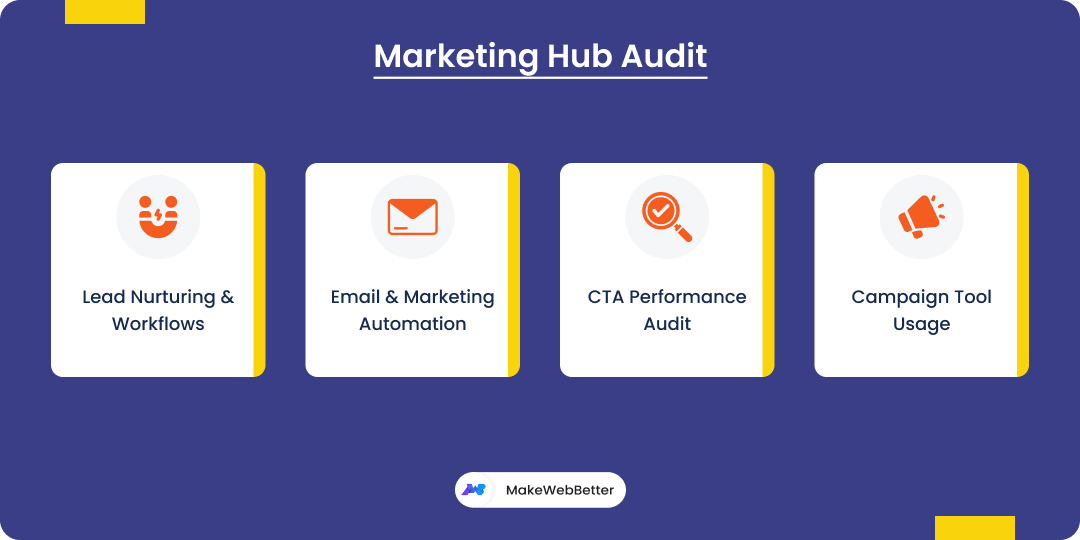
What to review?
Lead Nurturing & Workflows: Analyze lead Conversion Rate to tune up your workflows to turn them into paying customers. Then, optimize workflow automation by analyzing triggers, delays, segmentation, and personalized actions. Lastly, the lead scoring to identify high-value leads.
Email Marketing & Automation: Ensure frictionless data flow between HubSpot CRM and marketing automation platforms. Once done, keep your email sequences in check to maximize open/click rates by list segments. You can also enhance this with personalization & smart content. Automation triggers and logic
CTA Performance Audit: Review CTA types (static vs. smart), button designs, placements, and click-through rates. Then, review the CTA mapping—are they leading to relevant landing pages or dead ends? Lastly, remove outdated or underperforming CTAs from your templates.
Campaign Tool Usage: Are assets like emails, forms, ads, and landing pages properly linked to campaigns? Also, check campaign-level reporting for attribution accuracy and engagement tracking. If you’re not using the campaign tool, now’s the time—it connects assets and gives unified performance data.
Additional HubSpot Marketing Hub Audit
Your web presence is equally important as its the true reflection of your brand image in your prospects’ minds. So, as part of HubSpot Marketing Hub Audit, you must consider checking if your website is attracting the right visitors. For this, go for a thorough HubSpot SEO audit.
- Assessing Organic Traffic Sources: HubSpot SEO audit also identifies the keywords driving organic traffic.
- Keyword Ranking Analysis: What ranking keywords your website currently has in search engine results pages (SERPs)?
- On-Page SEO Optimization Checkup: It scrutinizes various on-page SEO factors like title tags, meta descriptions, and technical SEO elements.
- Content Performance Review: Under HubSpot SEO audit, your marketing content will also be analyzed to ensure it resonates with your target audience and drives results.
HubSpot Service Hub Audit
A solid HubSpot Service Hub audit keeps your support team efficient—and your customers happy. But over time, ticket chaos and poor routing creeps in. The HubSpot Service Hub audit helps bring clarity, speed, and consistency to your support and service operations.
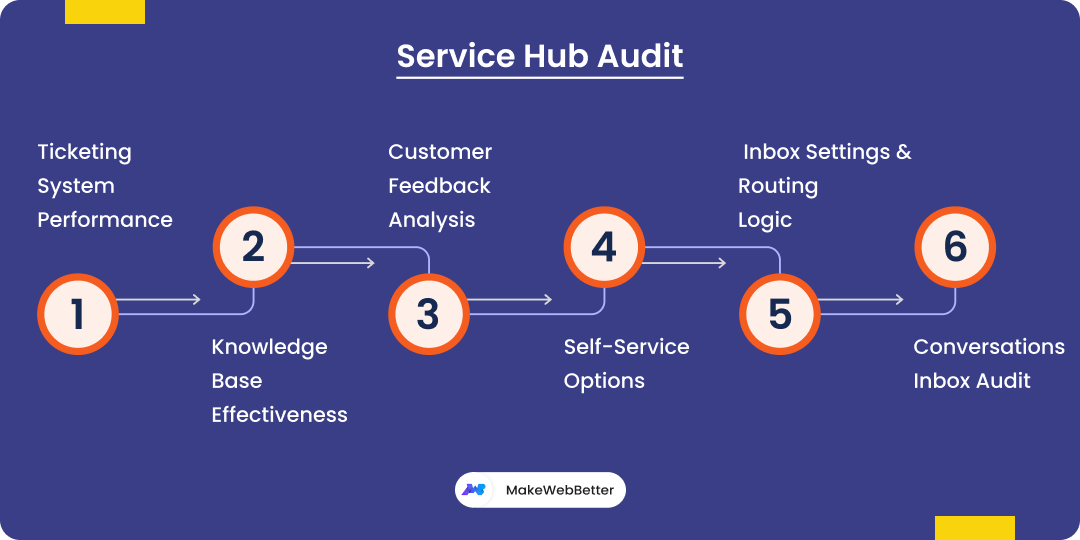
Ticketing System Performance: Check if your HubSpot audit checklist marks quick resolution of tickets? Analyze resolution timelines. Check the categorization and routing structure for your ticketing system to be organized for efficient resolution.
Customer Feedback Analysis: Identifying pain points and areas for improvement in your feedback structure. Analyze where you can improve customer satisfaction. Furthermore, you can review the Net Promoter Score (NPS) and Customer Satisfaction Score (CSAT) for further improvements.
Knowledge Base Effectiveness: Next, review your knowledge base content. Assess content relevance, search functionality, and user experience. Review the frequency of updates. Based on this, analyze the self-service resolution rate to see if customers are finding the answers by themselves.
Self-Service Options: Beyond the knowledge base, there’s more you can do with HubSpot for self-service. Review chatbot usage, automation flows, and the strength of your knowledge base. Identify if you’re guiding users to helpful content—or pushing them straight to a support ticket.
Inbox Settings & Routing Logic: For overburdeing tickets and support meeting schedules, check if conversations are being routed to the right team or individual based on topic, contact, or channel. In addition, double-check the fallback logic for missed chats or email threads.
Conversations Inbox Audit: Don’t hold on to tickets and meetings for everything. Use the live chat feature and manage it effectively. This will help your client conversations to be assigned promptly and your inboxes organized by function (sales, support, billing).
Cross-Hub Considerations
HubSpot works best when your hubs don’t operate in silos. This final step in the HubSpot audit checklist is all about ensuring marketing, sales, and service are working in sync—so nothing gets lost in handoffs, attribution is accurate, and the customer journey is actually visible.
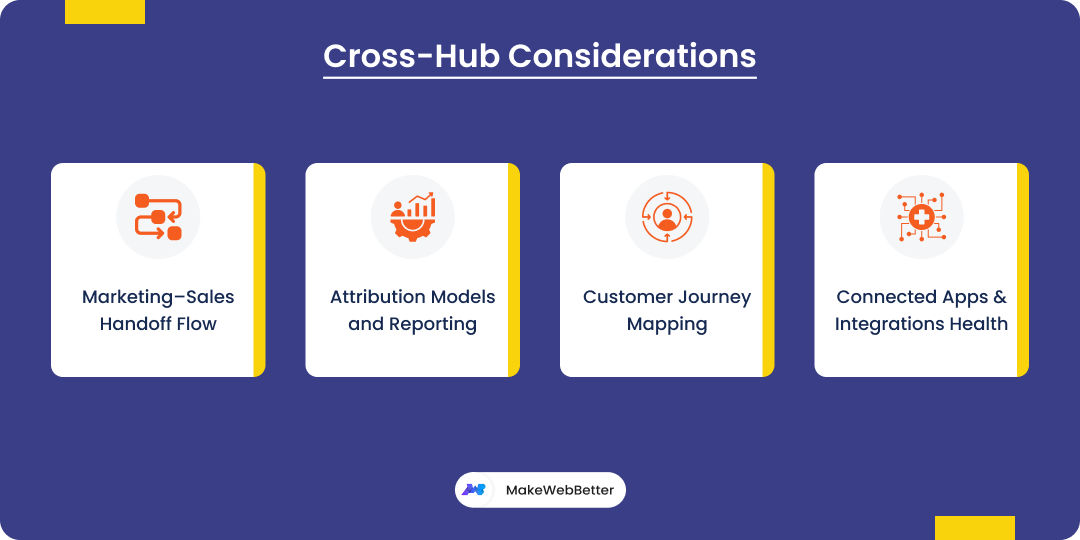
Marketing–Sales Handoff Flow: Ensure your MQL to SQL transition is automated and consistent—use lifecycle stage triggers, lead scoring, and internal notifications to streamline sales handoffs and avoid leaks.
Attribution Models and Reporting: Use a defined attribution model—such as multi-touch or position-based—to reflect how your marketing and sales efforts contribute to revenue. Apply UTM parameters consistently across all marketing links. Additionally, customize your reports to align with how your team actually operates.
Customer Journey Mapping: Map the customer journey using funnel reports, lifecycle stage conversion rates, and path analysis. Identify high-friction points or repeated touchpoints and adjust content or processes to smoothen the path to conversion.
Connected Apps & Integrations Health: Identify unused or conflicting HubSpot integrations. Sync errors? Last sync times? Audit all connected apps and integrations for sync health, duplication, and relevance. Remove unused tools, fix outdated connections, and ensure that key data points flow properly between systems.
This wrap-up ensures all your efforts across hubs are connected—and that your HubSpot portal is functioning as a single, aligned ecosystem.
How Often Should You Audit?
Auditing HubSpot isn’t a one-time cleanup—it’s a habit that keeps your portal sharp, scalable, and aligned with your goals.
As a rule of thumb, run a light audit quarterly to track KPIs and catch issues early. Go deeper with a comprehensive review every 6–12 months, especially after major business shifts.
Here are some signs it’s time to audit:
- It’s been a year (or longer) since your last portal review.
- You’ve restructured your team, changed your strategy, or added new Hubs.
- ROI from HubSpot has plateaued—or worse, dropped.
- You suspect you’re underutilizing key tools, features, or integrations.
Get MakeWebBetter To Help You
With this DIY HubSpot audit checklist, you can definitely run an evaluation yourself—with the right questions and enough time.
However, if you’re looking for a faster, more strategic approach—or want a deeper accuracy and reliability guided by experience—it helps to bring in a team that lives and breathes HubSpot.
At MakeWebBetter, we offer expert HubSpot audit services. You may get better results with this as it offers deeper insights, hands-on analysis, and a clear action plan.
CRM Health Check
Talk to our experts, ask your questions, and get a walkthrough of how we can help you optimize your portal—so you stop losing ROI.
Over To You!
Auditing HubSpot uncovers hidden ROI. Thus, you must make your audit part of your growth strategy—not just a reaction to problems.
Now, you have the best HubSpot audit template, using which you can enjoy a healthier CRM every day. If you feel the need, you also have the option to deploy dedicated HubSpot audit services for your CRM rescue.
Either way, we hope to be of help and keep contributing to the amazing HubSpot community. Use this HubSpot audit guide as your starting point—and reach out if you need a hand turning insights into action.

